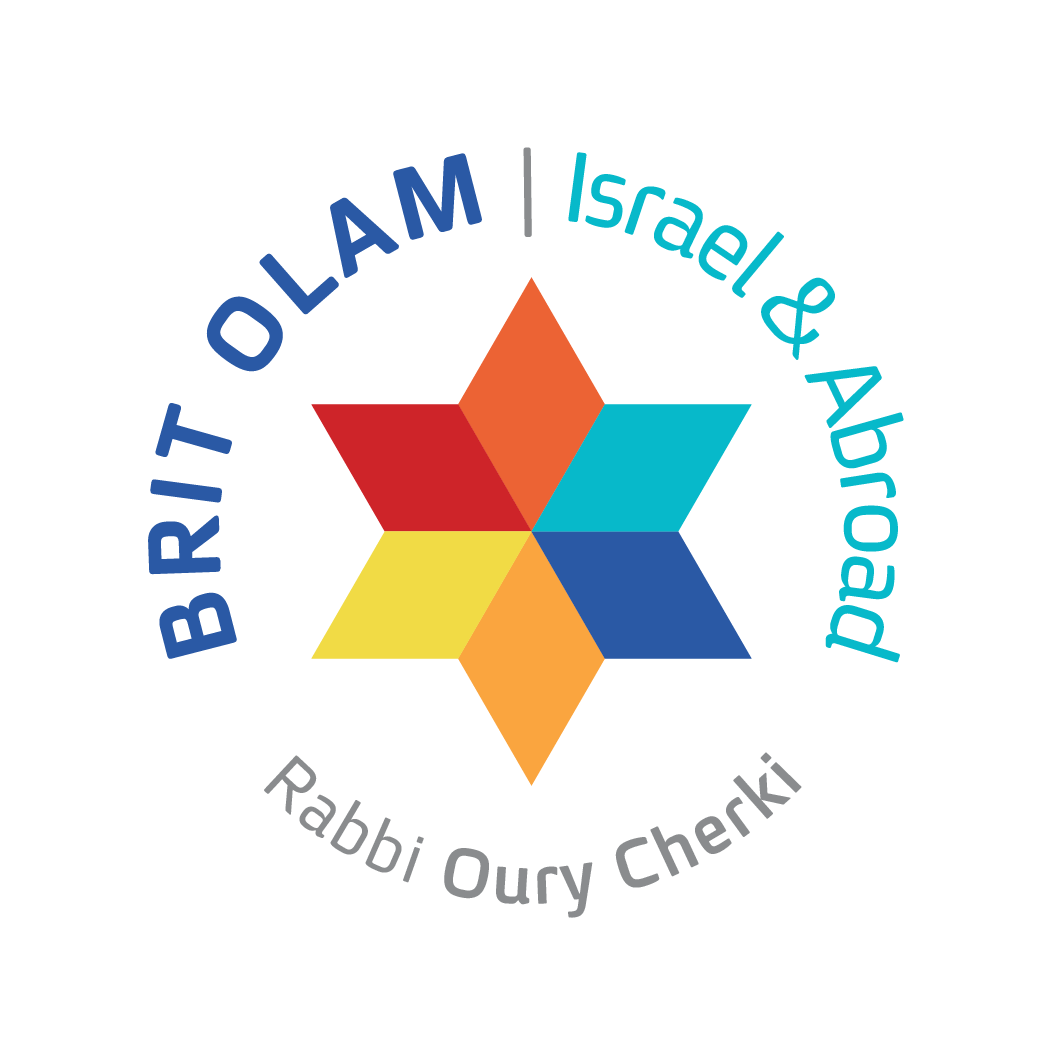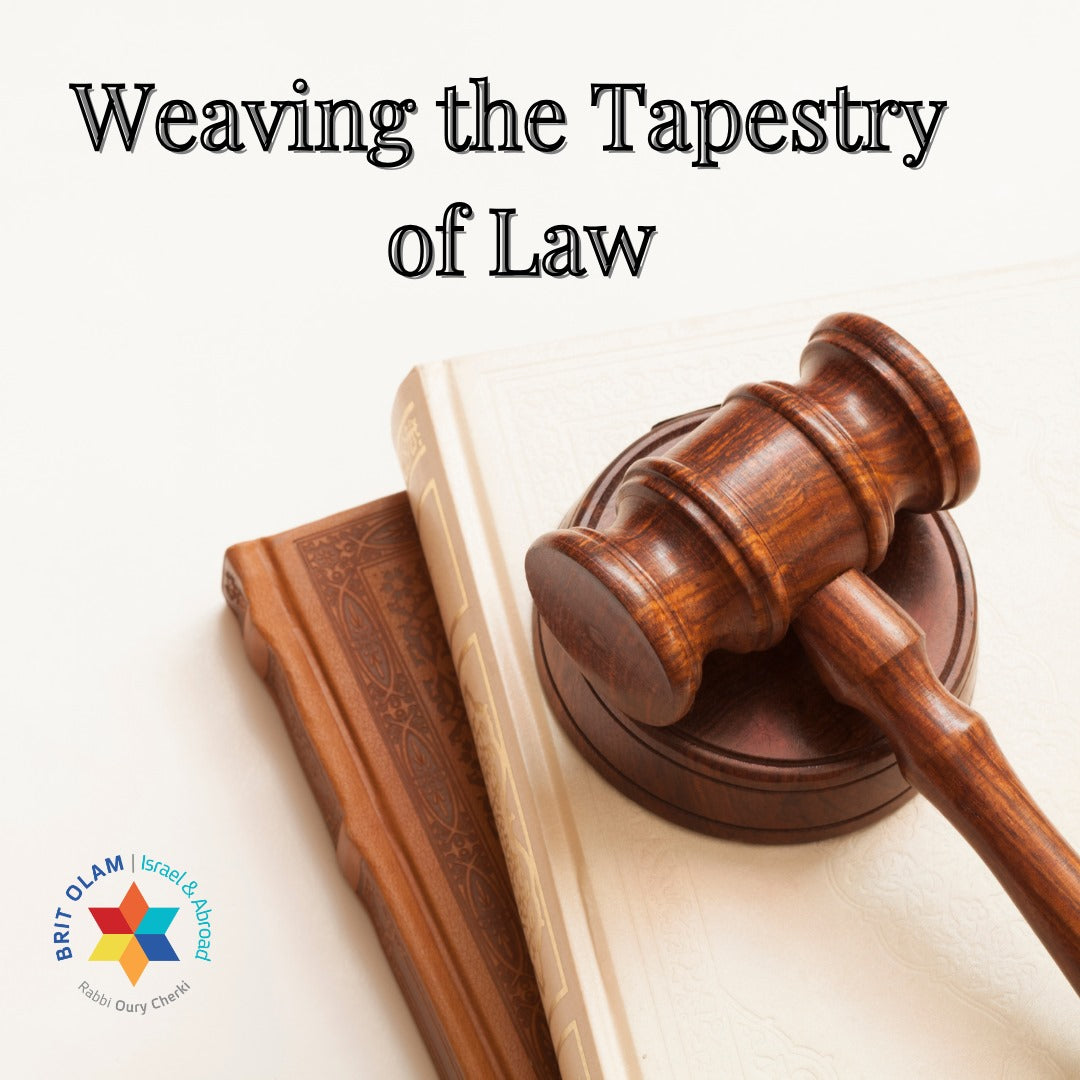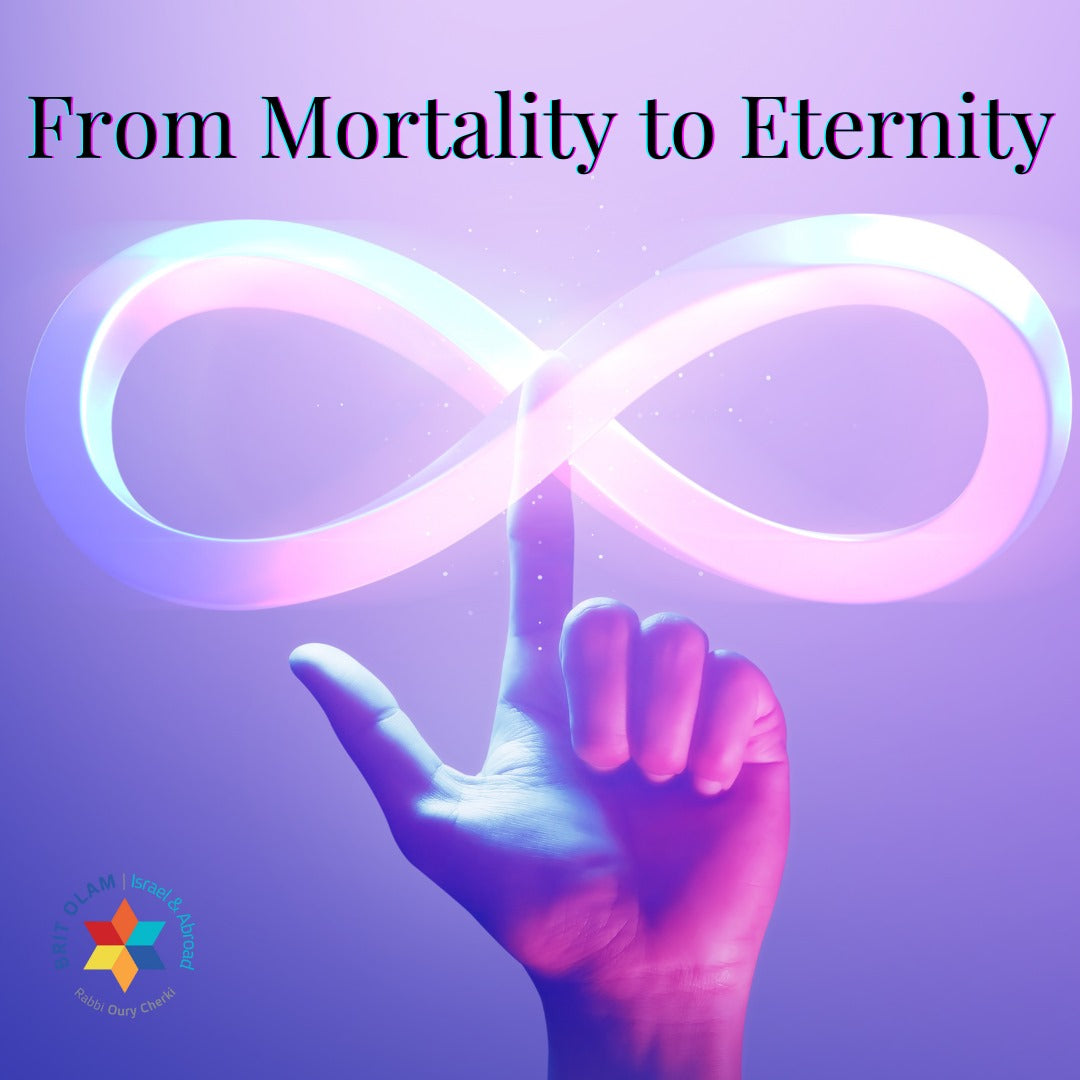Parshat Nasso is full of various individual crises and family crises, such as the Sotah (suspected adulteress), the Nazir (Nazirite), someone who has become ritually impure through contact with the dead, and the thief. The Torah provides us with guidance on how to address each specific issue. We have a unique solution for every type of deviation from the norm.
The focus on these issues is significant, but when people are constantly preoccupied with solving individual problems, they can forget that they belong to a larger collective. Each person sees only their private issue. Therefore, to remedy this deficiency, after the Torah provides us with a list of solutions and prescriptions for addressing individual and family problems, it immediately returns to Birkat Kohanim (the Priestly Blessing). The Priestly Blessing is a general blessing for all of Israel. The priests always see the overall view and the scope of the entire society. From this comprehensive blessing of the whole society, "This is how you shall bless the children of Israel." The blessing also reaches each individual.
The Priestly Blessing is divided into three levels:
May HaShem bless you and watch over you. May HaShem cause His countenance to shine to you and favor you. May HaShem raise His countenance toward you and grant you peace.
May HaShem... watch over you" is the first blessing. This blessing is a blessing for wealth. Rashi says, "May He bless you" — may your possessions increase; "and watch over you" — from thieves. This is a simple, primary material blessing, and it does not mention the "countenance" of HaShem; it just says, "May HaShem bless you
In contrast, the spiritual blessing, "May HaShem cause His countenance to shine to you and favor you," is the second blessing, a blessing of spiritual illumination that comes to us through studying the Torah. In this blessing, the face of HaShem is mentioned.
After these two blessings, we ascend to the revelation of the inner virtue within each member of Israel: "May HaShem raise His countenance toward you and grant you peace." This is the complete blessing, built on the three layers of the soul, referred to in the inner sources as "Nefesh, Ruah, and Neshama". Nefesh (Breath) corresponds to "May HaShem bless you," Ruah (Spirit) corresponds to "May HaShem cause His countenance to shine to you," and Neshama (Soul) corresponds to "May HaShem raise His countenance toward you and grant you peace."



